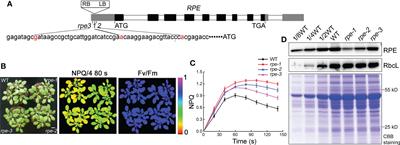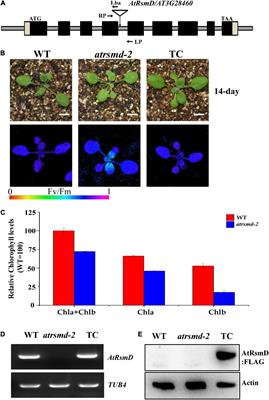EDITORIAL
Published on 01 Mar 2023
Editorial: Structure and function of chloroplasts, Volume III
doi 10.3389/fpls.2023.1145680
- 10,240 views
- 1 citation
10k
Total downloads
63k
Total views and downloads
You will be redirected to our submission process.
EDITORIAL
Published on 01 Mar 2023
ORIGINAL RESEARCH
Published on 14 Oct 2022

ORIGINAL RESEARCH
Published on 19 May 2022

ORIGINAL RESEARCH
Published on 25 Apr 2022

ORIGINAL RESEARCH
Published on 23 Feb 2022

ORIGINAL RESEARCH
Published on 10 Feb 2022

ORIGINAL RESEARCH
Published on 25 Jan 2022

ORIGINAL RESEARCH
Published on 09 Dec 2021

MINI REVIEW
Published on 06 Oct 2021

MINI REVIEW
Published on 07 Jul 2021

ORIGINAL RESEARCH
Published on 02 Jul 2021

ORIGINAL RESEARCH
Published on 14 Jun 2021

